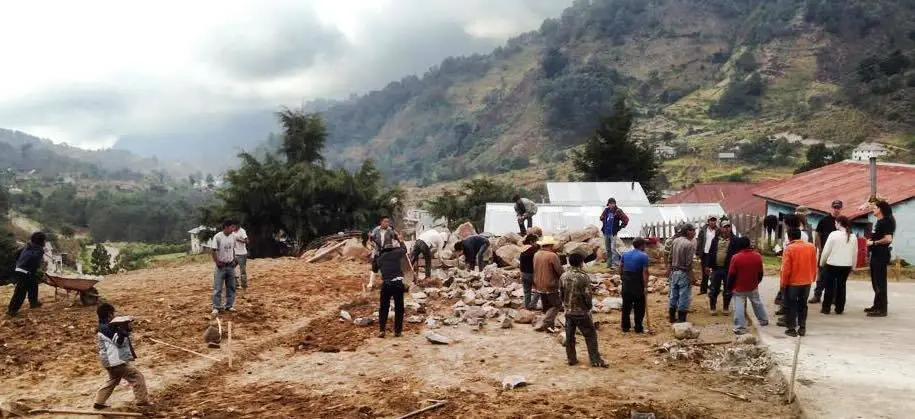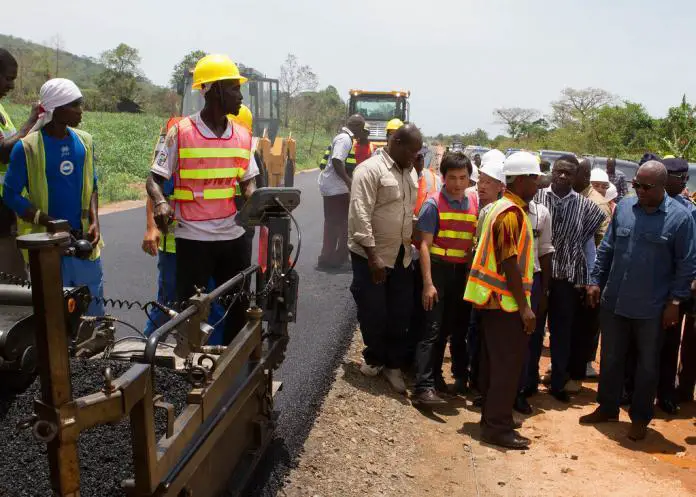One of the main goals of civil engineering is to enable resilient and sustainable communities, as such every civil engineer should be involved actively in the communities where they operate. Therefore, how engineers should interact with the communities they work is of utmost importance. According to the Institution of Civil Engineers (ICE) Code of Conduct”, All members must fully consider the public interest, particularly when it comes to issues of health and safety and the welfare of future generations”.
Engineers are being requested more frequently to take on “wicked problems,” which are issues without a single, obvious technical solution. Wicked problems are understood to be complex, ill-structured problems that are located in a real-world context and concern technical as well as societal issues. Such problems are characterised by powerful conflicts of interest and differences in norms and values between stakeholders.
Developing a new understanding of engineering’s role in the delivery of infrastructure is necessary for community engagement. This involves taking into account how engineers collaborate with experts in community engagement and recognized community leaders. According to the World Bank, the public expects their opinion to count when it comes to infrastructure or energy projects in their community.

Stakeholders are important for the success of public projects; everything from large-scale resource projects and transportation infrastructure, to the creation of regional community facilities. Due to alleged shortcomings in participatory design and the standard of public consultation, recent high-profile projects in the fields of gas, energy, electricity, water, wind, waste, and transport have all attracted public controversy, outrage, and media attention. Some organisations have even hired security firms to facilitate community engagement in some areas due to a serious breakdown of relationships.
At every point in the lifetime of an infrastructure, from design to decommissioning, engineers are responsible for effectively interacting with local populations. The obligation extends across all organizational levels and stages of a person’s career, from an apprentice and graduate to a senior leader and policy maker.
Read Also…
The Everyday Engineer
Community Involvement
Engaging the community during the initiation, planning, and execution of a project can help with increase and share gains. Furthermore, project delivery and results can be improved by minimizing and mitigating the potential adverse effects of the project on the host community. A community’s economic, environmental, and social outcomes may suffer significantly over time if communities are not involved in project development. It is now generally understood to be very important for each project to engage local people and other stakeholders in dialogue and develop trusting relationships.

Professor Sarah Bell, who serves as the Chair ICE Community Engagement Community of Practice, asserts that the Institution of Civil Engineering (ICE) has created a set of principles to support excellent practice in community interaction. According to her, “ICE Principles for Community Engagement with Engineering Community engagement takes many forms, depending on the site, project and community.”
The set of guidelines developed by ICE for community engagements are as follows;
- Supporting sustainable, thriving communities is a core purpose of the engineering profession.
- Community impacts and interests are integral to engineering design and delivery.
- Community engagement should begin at the conception of projects and continue throughout the engineering and infrastructure lifecycle.
- A tailored engagement approach with clear objectives, processes and expectations should be agreed among all stakeholders at the outset of infrastructure decision-making and planning.
- Engineering and infrastructure projects should identify the diverse needs of communities they work with, giving special attention to include groups that are typically marginalised.
- Community engagement should consider how individuals and groups of different race, age, faith, disability, gender, sexuality, family circumstances, economic status, and other characteristics may be differently impacted by infrastructure development and may welcome different forms of engagement.
- Methods of engagement should recognise power inequalities and enable two-way communication and learning between communities and engineering projects.
- Information about engineering projects and their impacts should be shared with community members as part of a two-way process, with information being accessible to all people.

According to Sarah, “The ICE Principles for Community Engagement with Engineering were created based on existing literature and then refined with input from stakeholders and civil engineers.”
The principles are designed to be flexible enough to fit a variety of situations, locations, industries, and project sizes. They can assist engineers at various career junctures and power levels. They serve as a starting point for the creation of best practice case studies and instructions. Then, through engineering education and professional development, these can be shared. The guiding principles define the goal, significance, and character of effective community engagement.
They also issued a challenge to the industry, asking it to consider how to collaborate with communities as essential partners in the delivery of resilient and sustainable infrastructure. The guiding principles shed light on how the fundamental knowledge and expertise of civil engineers and other professionals working in the built environment must change in order to face this challenge.










